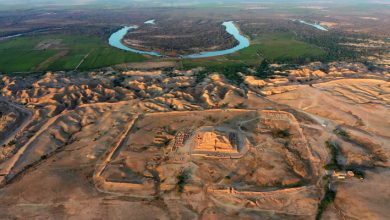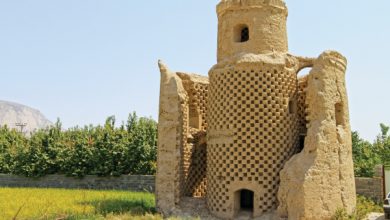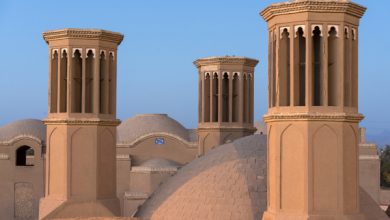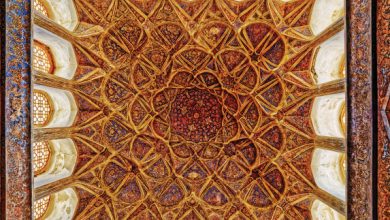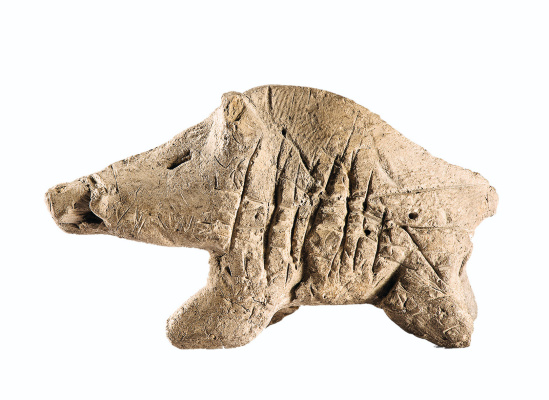
Author: Kamyar Abdi/ Photos by: Nima Mohammadi Fakoorzadeh and Neda Hossein Tehrani (Iran National Museum Archive)
Iran has a fairly long history of human occupation, extending well over one million years. Not all of this long span, however, is considered ‘history’ in the strictest sense, i.e., recorded by documentary – written – evidence. In fact, writing is a fairly recent innovation in human history, emerging some 5,000 years ago as a result of major developments amongst human societies. Therefore, the bulk of Iranian history is in fact ‘prehistory’. In order to understand Iranian prehistory, we must adhere to evidence, discussed in the form of archaeological finds, in order to build a historical account of the evolution of human societies in this region. The nine objects referred to in this brief essay by no mean cover the entire range of human history in Iran. Rather, they simply highlight important markers in human history when humanity took major leaps forward in its journey from small bands of hunter–gatherers to large empires. These nine objects do not evenly represent the entire range of aspects of human culture, nor are they distributed equally across the history of human occupation in Iran. While the earlier artefacts are concerned with subsistence, as we move forward in time we increasingly find objects that are ideological nature. The reader, therefore, should bear in mind that we are dealing with a small number of objects, meagre in its coverage – chronologically, spatially and functionally. These nine objects cannot tell a comprehensive history. Yet, they provide a fascinating insight into certain aspects of the history of human society in Iran and perhaps can provide a starting point for those interested in learning more.
1.Paleolithic Period
Stone tools such as this biface – which is a tool or weapon with two faces – provide evidence that groups of early humans crossed through Iran as their populations expanded throughout Europe and Asia. Objects such as this flint biface were practically all they required for their hunter-gatherer way of life, because it was made of a fairly widely-available stone that could be fashioned into a multifunctional tool by means of a number of carefully executed strikes. A biface like this could be used as a projectile to hunt game and as a sharp tool to skin and butcher the prey…
Find more on:
